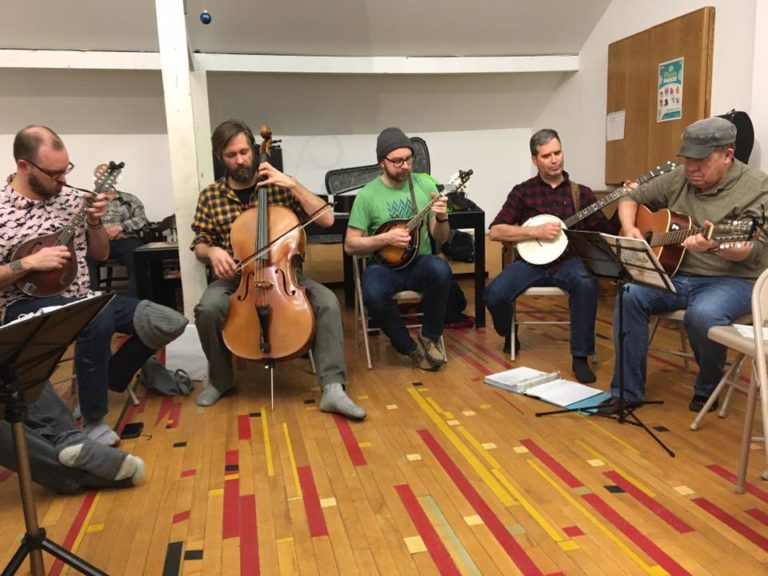Welcome to the Northern Lights Bluegrass and Old Time Music Society’s Jam Page

SASKATOON JAMS
The following bluegrass jam sessions in Saskatoon will be held from 1:30 pm – 3:30pm at The Bassment (202 4th Ave N)
Please note – the doors to the venue will be locked starting at 2 PM. If you show up late and want to gain access, you will need to message the jam coordinator in this order:May 5th
May 19th
June 2nd
June 16th
Saskatoon jams sponsored by:

REGINA JAMS
Regina jams sponsored by:
The following bluegrass jam sessions in Regina will be held from 1:00 pm – 3:00pm at The Eastview Community Centre and The Artesian.
June 30th at Eastview Community Centre
Regina jams sponsored by:

PRINCE ALBERT JAMS
The following bluegrass jam sessions in Prince Albert will be held on Saturdays from 12:30 pm – 2:30pm at The Spice Trail
April 6th
April 20th
May 4th
May 25th
June 8th
June 22nd
How It Works
Most of us play by ear, and we encourage new players to learn how to play, and to learn new tunes, that way.
- If you do need music that’s OK but please put your stand where it won’t be in the way.
- Recognize that (a) you may not always hear the tune name before it starts, and (b) the group won’t be waiting for you to find the page.
Choosing and Starting Tunes: Each person takes a turn naming a tune to be played, in deference to banjo players who need to retune, it is preferably in the current key .The tune list will have a guide as to the key.
-Whoever chooses the tune will start it off (setting the tempo, which we’re then supposed to maintain) — or may ask someone else to start it.
-It’s also helpful to set the tempo by starting with a couple of measures of “potatoes” (shuffle bowing on fiddle) or strumming to lead into the tune.
Stopping: Whoever chose the tune should always indicate when to stop.
-This is usually done by raising a foot as we approach the end of the tune (preferably part-way through the last part of the tune, a few measures before we are to stop).
-Calling out “one more time” or “last time” at the start of the last time can help too, especially if you can’t raise your foot, or it can’t easily be seen by the group.
Here is Some Old Tyme History
Old-time is a genre of North American folk music. It developed along with various North American folk dances such as square dancing, clogging and buck dancing. It is played on acoustic instruments, generally centering on a combination of fiddle and plucked string instruments (most often the guitar and banjo) as well as the mandolin.
Learn more about North American folk music HERE.
Learn more about North American folk dances HERE.
Appalachian old-time music is itself made up of regional traditions. Some of the most prominent traditions include those of:
- North Georgia (The Skillet Lickers)
- Mount Airy
- North Carolina (specifically the Round Peak style of Tommy Jarrell)
- Grayson County/Galax
- Virginia (Wade Ward and Albert Hash)
- West Virginia (The Hammons Family)
- Eastern Kentucky (J.P. Fraley and Lee Sexton)
- Middle Tennessee (Uncle Dave Macon, The McGee Brothers, Thomas Maupin and
Fiddlin’ Arthur Smith) - Eastern Tennessee (Charlie Acuff, The Roan Mountain Hilltoppers, G.B. Grayson)
This music is also found all over the US and Canada with each region having their own styles. Loads of modern composition is being added to the repertoire.
